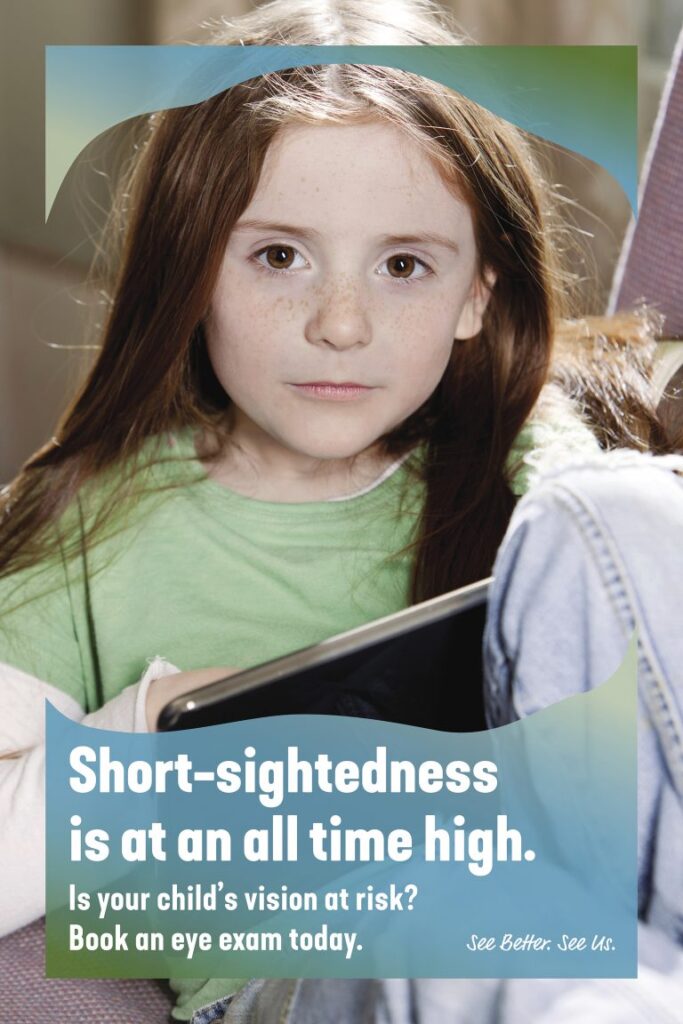Shot-Sightedness is at an all time high

Myopia, commonly known as short-sightedness or near-sightedness, is increasing at an alarming rate worldwide, doubling in children over the course of a single generation. 36% of Australians are predicted to be myopic by 2020 and by 2050, it’s set to increase to 55%.

Myopia
What Is Myopia?
Myopia is a common eye condition where the eyeball grows too long, causing blurred distance vision. Children are typically diagnosed with myopia around 10-12 years of age. However, the age of onset is dropping, increasing the likelihood of a more extreme level of short-sightedness (high myopia) and higher eye disease risk in adulthood. It’s a progressive condition because the eye continues to grow throughout childhood until around the age of 20.
Why the rise?
Myopia is understood to be caused by both genetic and environmental factors. However, the reason for the significant increase in myopia is believed to be largely environmental – a result of modern lifestyles. As children are spending more time indoors than ever
before, researchers believe that resulting low levels of outdoor activity, low levels of light exposure and prolonged time spent on close-up activities like screens are affecting normal eye growth in childhood.
What can you do?
-
- Book your child in for a comprehensive eye examination before they start school and regularly throughout childhood so we can monitor their eye development.
- Get children to spend more than an hour and preferably two hours a day outdoors in their pre-school and primary school years.
- Be aware that the likelihood of developing myopia, particularly high myopia increases when one or both parents are myopic.
How we can help?
Regular eye tests from a young age enable us to detect any early signs of myopia before it fully develops. We have treatment options available to slow the rate of progression, with the aim of reducing its severity and protecting children from eye complications associated with high myopia in their adult years. Research shows that regular glasses alone do not aid in controlling the rate of myopia progression, so we’ll explain the most effective interventions should myopia be diagnosed







